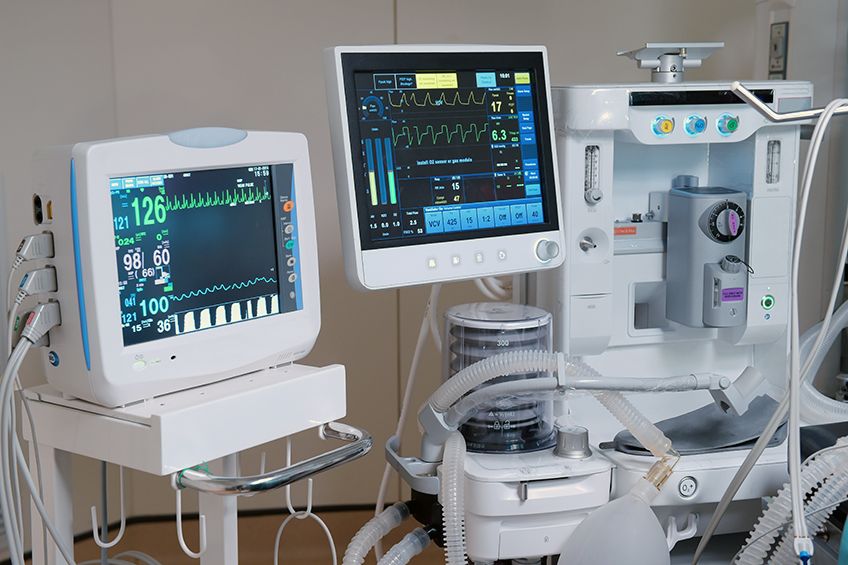What is an Advance Directive?

Aggressive medical care refers to the idea that more health care is better – more tests, more procedures, more specialists. For hospice patients this includes the use of artificial interventions to extend someone’s life when they are near death.
Individuals who have completed advance directives (AD) should have addressed the use of aggressive medical care. This means they have determined which measures they do or do not want taken to keep them alive. If the AD does not address these circumstances, then it is important to contact an attorney to make sure the document is as comprehensive as possible.
The key is to consider all possible events and outcomes that a person with advanced illness may go through. From there, the next step is to decide what they want to happen in each instance. It is important to document these wishes legally in an AD so all decisions made reflect the patient’s wishes.
Be aware that in some states or counties, EMS personnel may be required by law to attempt to resuscitate even if the person has an AD in place and they are shown that document. If the patient has an AD or "Do Not Resuscitate” (DNR) order in place, family members should ask their attorney for advice on whether to call EMS under such circumstances. If the person is in a Hospital or Nursing Home, they will probably have their own policies.
What things should be addressed in an Advance Directive?
It is important to understand the drawbacks and limitations of different types of aggressive medical treatments in order to know which ones, if any, are right for a patient. Here are some instances that need to be addressed in an advance directive.
Respirator: If a person in advanced stages of dying is no longer able to breathe independently, a respirator may be used to assist with breathing.
While a respirator can help keep a person alive, it may also cause the person’s body to undergo unnecessary stress and can cause greater discomfort.
Feeding Tubes: Feeding tubes are sometimes used if a person has a hard time eating or swallowing. This is common in the late stage of many illnesses. However, there is no proof that tube feeding has significant benefits or extends life. Tube feeding can also result in infections and the need for physical restraint if a patient tries to pull the tube out.
IV Hydration: This is liquid given to a person through a needle in a vein. It may temporarily provide fluid when a person can no longer drink but cannot supply the nutrition needed to stay alive. Increased hydration may also make the person uncomfortable because it can cause difficulty with breathing. It is important to know that Lack of hydration is a normal part of the dying process and allows a more comfortable death over a period of days.
CPR: A family may have to decide whether medical professionals should try to revive a person with cardiopulmonary resuscitation (CPR). CPR is used to restore function when a person’s heart and/or breathing stops. It may include mouth-to-mouth breathing or pressing on the chest to mimic heart function and cause blood to circulate. CPR can be painful and traumatic and may not prolong life. It is typically not recommended when someone is terminally ill.
Do Not Resuscitate: The family can ask the doctor to sign a do-not-resuscitate (DNR) order and place it in the person’s medical chart. A DNR order states that no attempts will be made to revive the person. A separate type of DNR order must be signed and kept in the home or available to EMS if the person wants no "out-of-hospital” resuscitation.
Make sure to discuss these events with your loved ones and create and AD that works best for the patient’s wishes.

